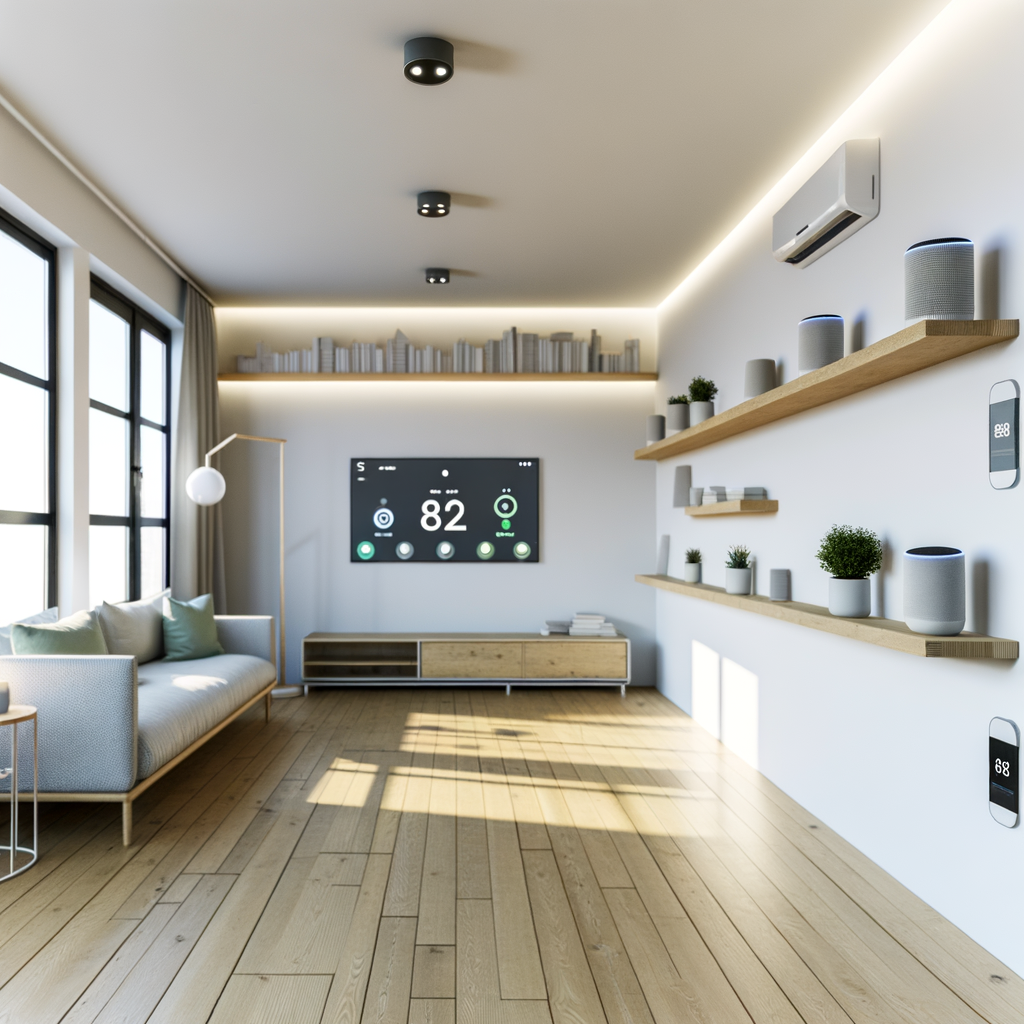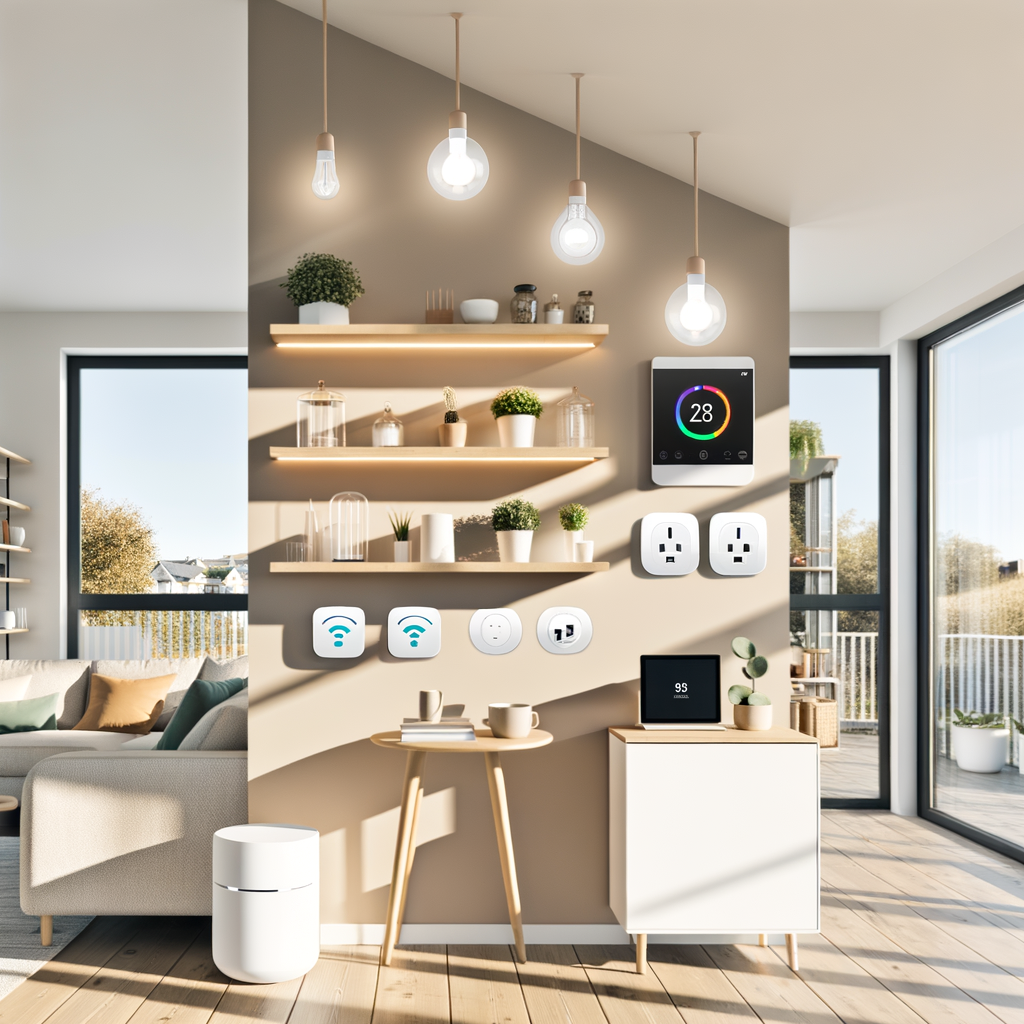Myth-Busting Smart Homes: 7 Eco-Tech Misconceptions Every Renter Should Know
Smart home technology is transforming the way we live—helping us save energy, improve security, and increase comfort with just a tap or a voice command. Yet, for renters who want to live greener and more conveniently, myths about smart home eco-tech abound. Many think smart gadgets are expensive, complicated, or simply out of reach for those who don’t own their homes. This article exposes the seven most persistent smart home myths and delivers practical, actionable advice so every renter can start living smarter—and greener—today.
1. Myth: Smart Home Tech Isn’t Worth the Cost for Renters
Reality: Many believe that smart home upgrades are a costly investment only landlords should make. In truth, eco-friendly smart devices are becoming increasingly affordable—and renters can reap both financial and environmental benefits even with a modest investment.
Affordable, Renter-Friendly Devices
- Smart plugs: These plug-and-play devices cost under $30 and allow renters to manage lamps, appliances, and electronics remotely.
- Smart bulbs: LED bulbs use less energy and can be controlled with your phone. They’re easy to swap out and take with you when you move.
- Programmable thermostats: Many models require no wiring and can sit on a shelf or table, perfect for renters who can’t make major modifications.
Many utility companies and local governments now offer rebates for energy-saving smart devices. Check your local programs before buying—sometimes improved efficiency pays for itself even faster!
Pro Tip:
If you’re worried about security deposits or permanent changes, look for devices labeled “no installation required” or “portable.”
2. Myth: You Need to Own Your Home to Use Smart Tech
Reality: Renters have more smart home options than ever—no need for permanent installation or knocking holes in walls.
Non-Permanent Smart Solutions for Renters
- Battery-powered sensors for doors, windows, or water leaks attach with adhesive and leave no residue when removed.
- Wireless security cameras can monitor your door or patio with basic mounting and plug-in setups.
- Smart speakers and hubs (like Google Nest Mini or Amazon Echo Dot) require zero installation—just plug in and configure on your phone.
Always review your lease and check with your landlord if you’re unsure, but most plug-in or peel-and-stick solutions are completely renter-safe.
Actionable Steps:
- Keep all original packaging to make moving out (and moving your tech) hassle-free.
- Photograph your space before and after adding any smart device, just in case there’s a question about changes.
3. Myth: Smart Devices Aren’t Really Eco-Friendly
Reality: Some skeptics argue that smart home tech simply adds more devices to your home, increasing overall power use. But modern eco-smart gadgets are designed specifically to use less energy—and help you track, manage, and reduce your environmental impact.
How Smart Tech Saves Energy (and Money)
- Smart thermostats analyze your routines, adjusting heating/cooling to save up to 10-12% on heating and 15% on cooling bills.
- Smart plugs and outlets let you schedule or switch off appliances remotely, eliminating “phantom load” from electronics left on standby.
- Smart lighting reduces energy use by turning off when not needed, adjusting brightness, or using motion sensors.
Plus, you’ll gain greater control and awareness of your energy habits—a critical step for anyone striving to live more sustainably.
Action Tip:
Use your device’s app reporting tools to track usage trends and set realistic energy-saving goals each month.
4. Myth: Adding Smart Tech Is Complicated and Time-Consuming
Reality: Today’s smart home devices are designed for user-friendly setup—often taking minutes, not hours—and require no technical background.
No-Tech Know-How Required
- Most gadgets pair directly with your smartphone via Bluetooth or Wi-Fi with step-by-step instructions.
- Major brands offer video tutorials and 24/7 customer support.
Smart home ecosystems (like Google Home and Amazon Alexa) allow you to control devices from a single app or with your voice—making them highly accessible for all ages and tech levels.
Quick Win:
Start with a single device (like a smart plug or bulb) to test the waters. Build your system gradually as your comfort and confidence grow.
5. Myth: Smart Home Devices Are a Security Risk
Reality: Concerns about hacking and privacy are valid, but modern smart devices come with robust security features—and renters can take easy steps to keep their network safe.
Essential Security Practices for Renters
- Always change factory-default passwords on smart devices to strong, unique passwords.
- Keep all apps and firmware up to date for the latest security patches.
- Set up a separate Wi-Fi network (a “guest network”) just for your smart devices, limiting potential risk to your main network.
- Review privacy settings, opting out of data sharing where possible.
When purchasing, look for brands with a reputation for regular security updates and transparency about data use. Prioritizing network hygiene is easier than you think—and will give you peace of mind along with those eco-friendly benefits.
6. Myth: Smart Home Gadgets Don’t Last or Move with You
Reality: Nearly all modern smart home devices are designed with portability in mind. Most require little more than unplugging, removing adhesives, and logging back in at your next home.
Making the Most of Smart Tech as a Renter
- Choose devices that don’t require complex installation or physical modification of your apartment.
- Store mounting hardware, instructions, and accessories in a labeled box.
- Reset devices to factory settings before moving to ensure a smooth transition.
Many smart tech products (like plugs and bulbs) are nearly as mobile as your phone charger. Just pack and go!
7. Myth: Smart Home Devices Don’t Make a Noticeable Difference
Reality: Even small changes—like using a single smart thermostat or automating your lighting—can add up to big environmental and financial savings over time. And the benefits go beyond energy, extending to water use, safety, and even air quality.
Real-World Impact
- Energy savings: EPA studies show smart thermostats can save $131–$145 per year on average.
- Water savings: Smart leak detectors and water timers can prevent expensive leaks and optimize water use.
- Improved health: Smart air quality monitors and purifiers help you breathe easier, especially in urban environments.
Consider tracking your energy and water bills before and after adopting smart tech. Most renters notice improvements within the first billing cycle—proving that you really do have the power to make a difference, no matter where you live.
Actionable Tips for Renters Ready to Start with Smart Home Eco-Tech
- Start small: Choose one area (lighting, heating, or security) and invest in a single device.
- Track your results: Use device apps and utility bills to quantify your savings and impact.
- Be strategic: Focus on devices you can easily uninstall or take with you.
- Inform your landlord (if desired): Some may offer rebates, allowances, or even install certain devices for you.
- Go for compatibility: Pick devices that work with the main smart home platforms, so you can expand your system over time.
Bonus: What to Ask Before Buying Smart Home Tech as a Renter
- Does the device require permanent installation or modifications?
- Can it be removed without damage?
- Is it compatible with my phone and wireless network?
- Does the manufacturer offer regular security updates?
Being proactive with these questions will help you select tech that supports both your eco-goals and your renter lifestyle.




